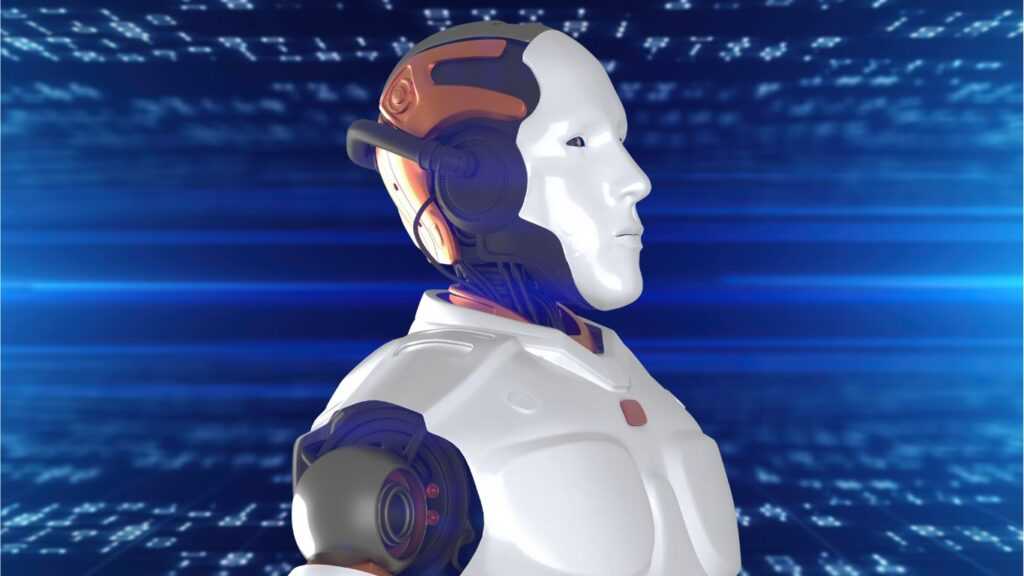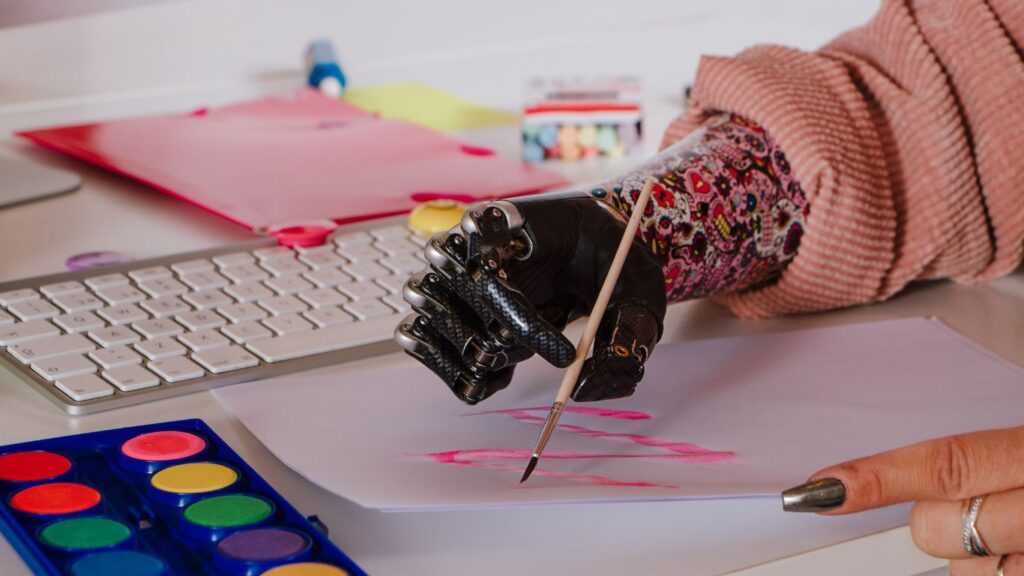The manufacturing industry has always been a cornerstone of economic growth and innovation. In recent years, robotics and automation have revolutionized how we produce goods, promising unprecedented levels of efficiency and precision. As I delve into this transformative journey, it’s clear that these technologies are not just enhancing productivity but also reshaping the very fabric of manufacturing.
From assembly lines to quality control, robots and automated systems are taking over tasks that were once labor-intensive and prone to human error. This shift isn’t just about replacing human labor; it’s about augmenting our capabilities to achieve what was once thought impossible. Join me as I explore how robotics and automation are redefining the manufacturing landscape, driving us toward a future where smart factories are the norm.
The Evolution of Robotics in Manufacturing
Early Automation: From Mechanized Assembly to Advanced Robotics
Manufacturing first saw automation with mechanized assembly lines. Introduced by Henry Ford in 1913, these lines increased production efficiency by assigning specific tasks to workers sequentially. By the 1960s, the introduction of Unimate, the first industrial robot, marked a significant leap. Unimate could perform repetitive tasks like welding with precision.
In the 1980s, robotics advanced further with the development of Programmable Logic Controllers (PLCs). These devices allowed for more complex, programmable tasks. Robotics began integrating sensors, enabling machines to adapt to different conditions. This progress set the stage for the sophisticated robots we see today.
Current Trends and Technologies in Robotics
Modern manufacturing employs collaborative robots or cobots. Unlike their predecessors, cobots work alongside humans safely. According to the International Federation of Robotics, cobots accounted for 3.1% of the total installed base of industrial robots in 2020.
Artificial Intelligence (AI) and Machine Learning (ML) enhance robot functionality. AI-powered robots can predict maintenance needs, reducing downtime. ML enables adaptive learning, allowing robots to improve their performance over time.
3D printing also impacts manufacturing. Factories now use additive manufacturing for rapid prototyping and production of complex parts. This technology reduces waste and shortens production cycles.
Autonomous Mobile Robots (AMRs) represent another significant trend. These robots transport materials across factory floors without human intervention. AMRs use advanced navigation systems, enhancing efficiency in logistics.
Benefits of Robotics and Automation for Manufacturing Industries
Increased Efficiency and Productivity
- Repetitive Task Efficiency: Robots perform repetitive tasks faster and with greater precision.
- Continuous Operation: They operate 24/7, significantly reducing downtime.
- Streamlined Production: Automated systems streamline the production process by minimizing manual interventions.
- Example – Assembly Lines: Assembly lines with automated conveyor systems speed up manufacturing.
- AI and ML Integration: Integration with AI and ML further boosts productivity by predicting and addressing potential bottlenecks.
Enhanced Quality and Consistency
- High-Level Precision: Automated systems maintain high-level precision in manufacturing.
- Uniform Accuracy: They execute tasks with uniform accuracy, reducing variability in product quality.
- Consistent Quality Control: Ensures that products meet stringent standards.
- Early Defect Identification: Vision systems used in automation identify defects early in the production line.
- Enhanced Reliability: These systems ensure each item produced matches exact specifications, enhancing overall product reliability.
Improved Worker Safety
- Hazardous Environment Reduction: Automation reduces human exposure to hazardous environments.
- Decreased Workplace Injuries: Automated machinery handles dangerous tasks, decreasing workplace injuries.
- Heavy Lifting and Toxic Substances: Robots manage heavy lifting, toxic substance handling, and repetitive motion tasks.
- Automotive Manufacturing: In automotive manufacturing, robots perform welding and painting, protecting workers from harmful fumes and reducing physical strain.
- Improved Workplace Safety: By reducing human involvement in risky tasks, workplace safety improves significantly.
Key Challenges and Considerations
Integration with Existing Systems
Integrating robotics and automation with existing systems requires significant planning and assessment. Manufacturers must ensure that new robotic solutions align seamlessly with current machinery and software. Compatibility issues might arise, necessitating modifications in legacy systems. Real-time data synchronization, as in IIoT implementations, helps maintain consistent operational flow. Addressing these challenges, companies often conduct pilot tests and simulations.
Initial Costs and Return on Investment
The initial costs of implementing robotics and automation can be substantial. Investments include purchasing robots (such as cobots, AMRs) and integrating them with existing infrastructure. Beyond hardware, there’s also software, training, and maintenance. Despite the high upfront costs, the potential for a high ROI drives adoption; companies can realize savings through enhanced efficiency and reduced error rates. Analyzing ROI requires looking at long-term benefits versus short-term expenditures.
Workforce Adaptation and Skill Gap
The shift to automation presents a challenge for the workforce. Employees need to adapt to new roles, focusing on oversight and optimization rather than manual tasks. This creates a skill gap, as traditional manufacturing skills may no longer suffice. Workers must be trained in robotics operation, programming, and maintenance to bridge this gap. Companies providing comprehensive retraining programs find smoother transitions and more effective utilization of their human and robotic workforce.
The Future of Robotics in Manufacturing

Innovations on the Horizon
Exponential advancements in robotics promise significant shifts in manufacturing processes. Emergent technologies include smart sensors, autonomous mobile robots (AMRs), and collaborative robots (cobots). For instance, smart sensors can monitor machine health in real-time, reducing downtime. Cobots, working alongside human operators, enhance productivity by handling repetitive tasks while humans focus on complex duties. Advancements in AI and machine learning allow robots to predict maintenance needs, preventing unexpected failures. Moreover, additive manufacturing (3D printing) employs robotic systems to create complex parts, accelerating product development cycles.
Potential Impact on Global Manufacturing Practices
The global landscape of manufacturing is set to undergo substantial changes due to these innovations. Factories fully integrated with advanced robotics can operate 24/7, significantly increasing output without needing shifts. Enhanced precision and consistency in production reduce waste, promoting sustainability. Countries with high labor costs may see a resurgence in local manufacturing due to cost efficiencies brought by automation. Conversely, regions with lower labor costs may adopt robotics to remain competitive. Supply chains will become more resilient as automation reduces the dependency on human labor, enabling rapid responses to market demands and disruptions.
Case Studies of Successful Implementations
1. Automotive Industry Breakthroughs
Robotics and automation have significantly transformed the automotive industry. Major manufacturers like Ford, BMW, and Toyota use advanced robotics to streamline their assembly lines. Ford implemented collaborative robots, reducing production cycle times by 20%. These cobots handle tasks like welding, painting, and assembly with high precision, decreasing human error and increasing consistency.
BMW employs AI-driven robots to optimize supply chain management. These robots predict material needs, ensuring timely delivery and reducing downtime. Toyota integrates machine learning algorithms with automated guided vehicles (AGVs), enhancing inventory management and improving overall productivity.
2. Electronics Manufacturing Innovations
Electronics manufacturers also leverage robotics and automation to enhance efficiency and quality. Companies like Foxconn and Intel lead in implementing automated systems. Foxconn’s integration of robotic arms in assembly lines reduced labor costs by 30% and improved precision in assembling delicate components.
Intel uses automated optical inspection (AOI) systems to detect defects in microchips. These systems employ machine learning to analyze images and identify flaws, ensuring higher quality products. Additionally, automated testing protocols enable faster and more accurate performance assessments, further enhancing reliability.
By adopting these advanced technologies, both automotive and electronics manufacturing industries see increased efficiency, reduced costs, and improved product quality.
Conclusion
Robotics and automation are undeniably revolutionizing the manufacturing landscape. By integrating advanced technologies like AI, ML, and cobots, companies can achieve remarkable gains in productivity and quality. This shift not only boosts operational efficiency but also significantly enhances worker safety. As major players in the automotive and electronics sectors demonstrate, the future of manufacturing is being reshaped by these innovations. Embracing robotics and automation isn’t just a trend; it’s a strategic move that ensures competitiveness and sustainability in a rapidly evolving market.
 About the author:
About the author:
Rogerry Nelsonier is a trailblazer in the tech industry, renowned for his passion for technology and its potential to drive societal impact. Inspired by the rapid advancements in technology, Rogerry envisioned a collaborative space where innovative minds could converge to explore groundbreaking ideas and develop transformative solutions.


